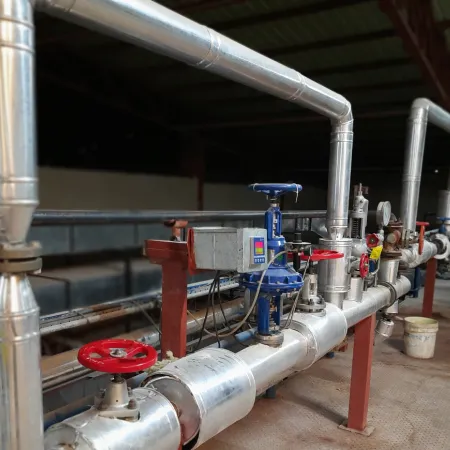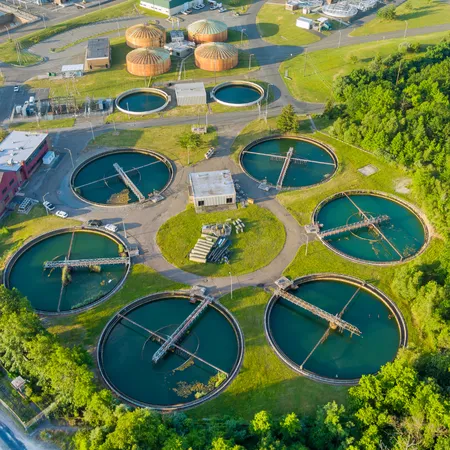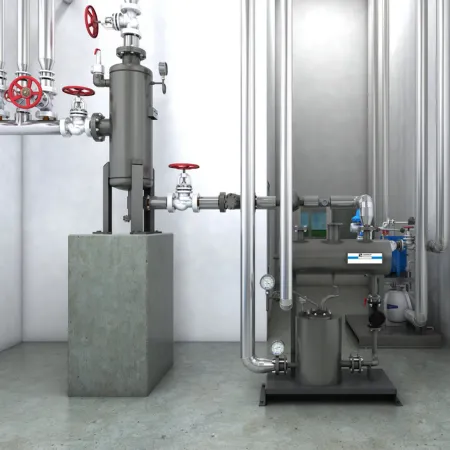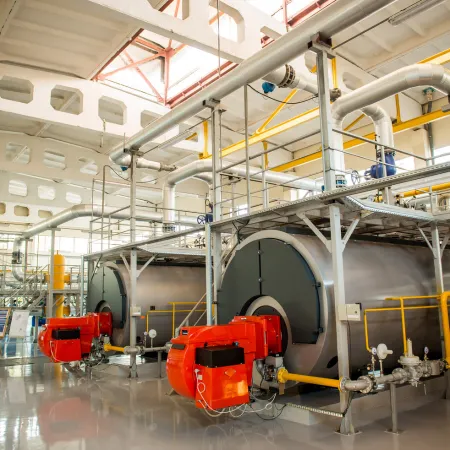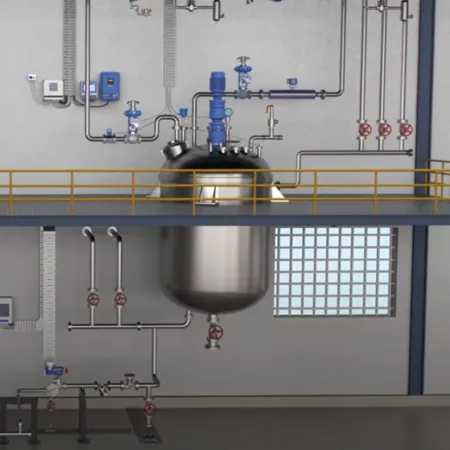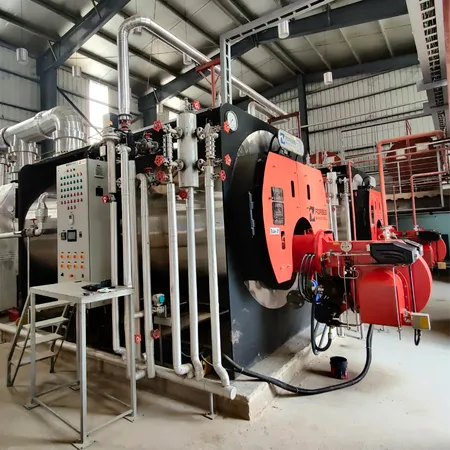Frequently Asked Questions About Industrial Compressed Air – Answered
Compressed air is one of the costliest utilities used in manufacturing. Inefficiencies in compressed air systems can drain profits without being immediately visible.
In this blog, we’ve answered some of the most common questions utility managers, maintenance heads, and plant engineers ask about compressed air.
Here are the top compressed air questions we have answered for you:
We are trying to reduce our power consumption for compressed air generation. Where do we start?
A detailed compressed air audit at all the 3 levels are necessary; Generation, Distribution and Utilisation is the first step. It identifies variables like leakages, pressure drops, pipeline health, moisture drain issues, compressor efficiency and energy map that can be corrected to achieve significant energy savings.
Our compressor network is very old. Is it worth upgrading?
Older compressors (over 10–15 years) usually operate at lower efficiency (82-85%) and are prone to frequent breakdowns or maintenance. Modern compressors and control systems can reduce energy use by up to 35%. A cost-benefit analysis often shows quick payback.
We do not know the health of our compressors. How can we find out?
The easiest method to understand the health of a compressor is by calculating its specific energy consumption (kW/SCFM) which can be easily done by testing its Free Air Delivery (FAD) and then correlating it to the design conditions. Through thermal imaging, vibration analysis, and load profile studies, we can also provide a clear health check report for each machine, recommending repairs, upgrades, or replacements as needed.
Can compressed air generation be automated?
Yes, absolutely. Automation, such as smart sequencing, workload equalisation and load/unload management based on real-time demand and pressure requirements, ensures compressors run optimally, reducing idle running and energy waste.
We do not know how much compressed air we are generating or consuming. How can one find out
Installing air flow meters at critical generation and usage points gives visibility into how much air is produced, where it goes, and how efficiently it’s used.
What is the ROI on installing air flow meters?
The payback is often under 60 days. Air flow meters for both Compressor FAD measurement as well as section/area wise measurement allow proactive leak detection, baseline setting, and real-time monitoring, making them an essential investment for cost-conscious plants.
We lose 15–20% of compressed air due to leakages alone. What can be done?
A comprehensive leakage detection and rectification program, backed by continuous monitoring, can recover major losses and reduce system load.
We are unable to track air leakages or know how effectively sections are using utilities.
Using section-wise monitoring and leak tagging software, you can track usage patterns and prioritize maintenance efforts based on actual data.
I do not know what my ideal air consumption should be. Can you help?
Yes. Every plant and process has a benchmark air requirement. We help you establish your ideal compressed air consumption based on process needs, minimizing wastage.
Pressure drops at sections demand immediate compressed air supply. How can we fix this?
Addressing pressure drops involves improving piping layouts, removing restrictions, using proper dryers and filters, and adjusting compressor control settings — not just increasing compressor output.
How often should a compressed air audit be conducted and what are the areas to address
Yearly audits significantly help reduce wastages and identify the parameters affecting the increase in energy consumption in a plant. A simple pareto analysis (20-80 Rule) followed by creating an A3 justification can be carried out to assess what areas to focus on in order to initiate your first step towards achieving air balance at your plant.
Management is only concerned about production. How do we show the importance of compressed air efficiency?
We prepare easy-to-understand reports showing how compressed air wastage translates into real money lost, bridging the gap between production and utility concerns.
Ready to take control of your compressed air system?
Whether you are facing inefficiencies, leakages, or outdated equipment — we are here to help.
📩 Connect with us today and let’s work together to optimise your system for performance, reliability, and savings.

